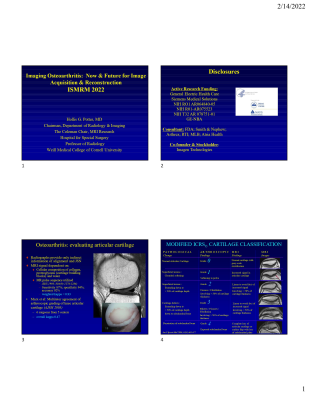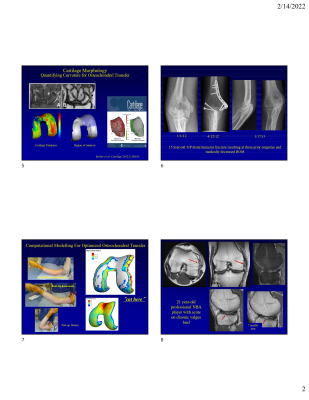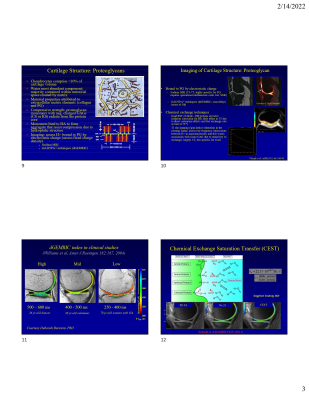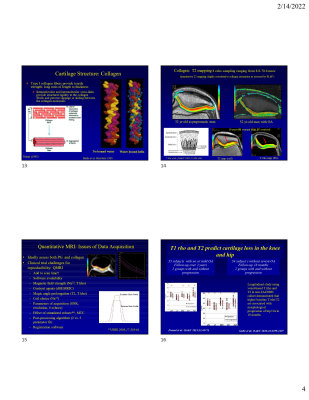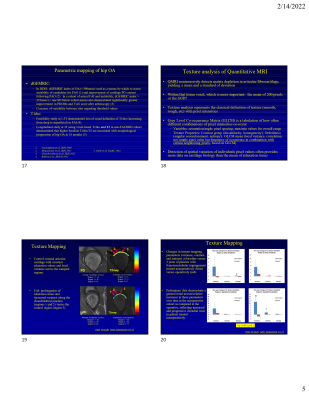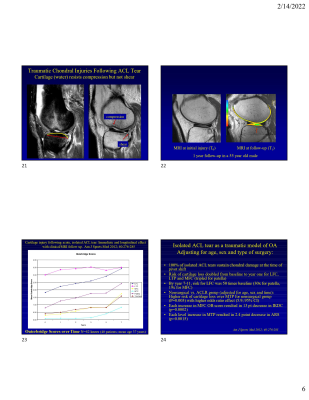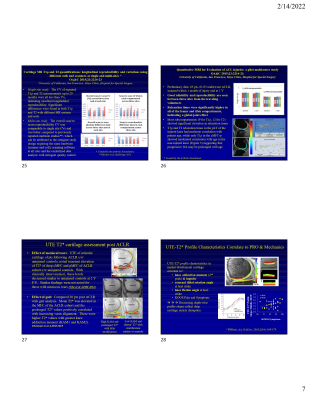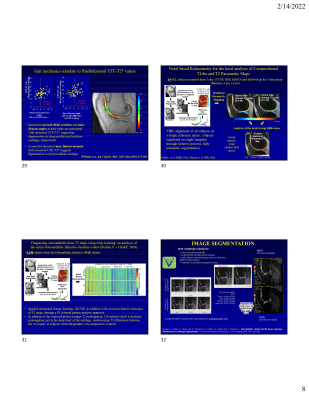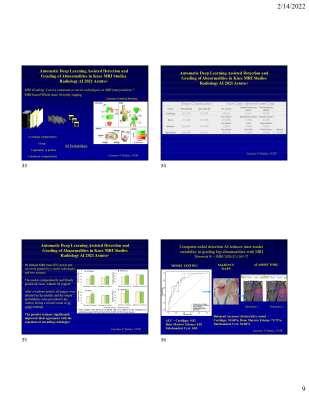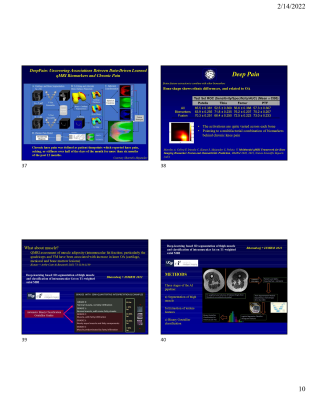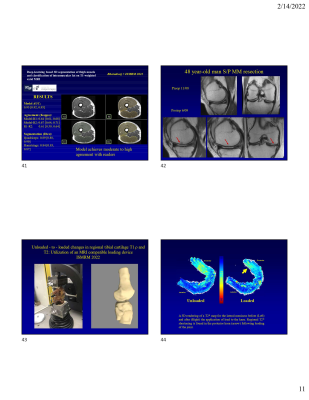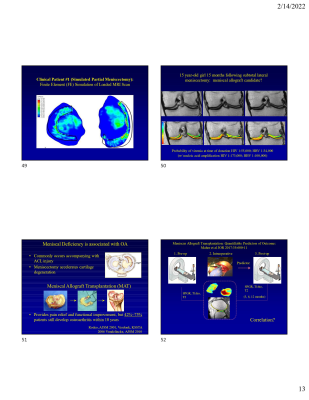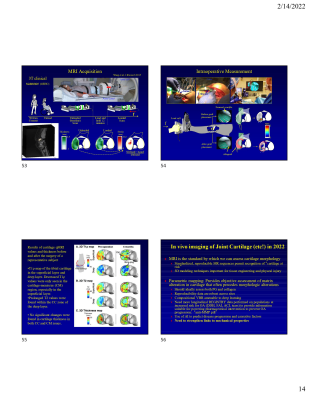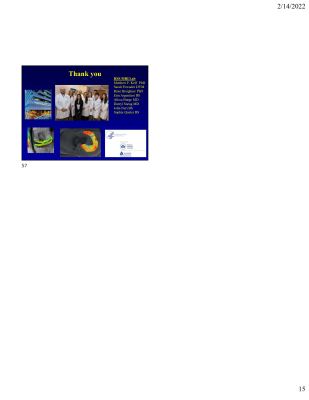Imaging Osteoarthritis: Now & Future for Image Acquisition & Reconstruction?
1Radiology and Imaging, Hospital for Special Surgery, New York, NY, United States
Synopsis
Quantitative MRI of cartilage provides objective assessment of both collagen orientation and proteoglycan content. Ultrashort TE sequences provide robust assessment of collagen orientation in fibrocartilage such as the labrum and meniscus, as well as ligament and tendon collagen integrity. Quantitative MR techniques have shown to be reproducible across sites and have been correlated to altered gait mechanics. Voxel-based relaxometry allows for more facile assessment of longitudinal change, and the addition of convolutional neural networks permit assessment of large, curated databases to detect variables that lead to disease progression. Lastly, weightbearing assessment allows for determination of cartilage mechanics and scrutiny of surgical interventions aimed at delaying osteoarthritis progression.
